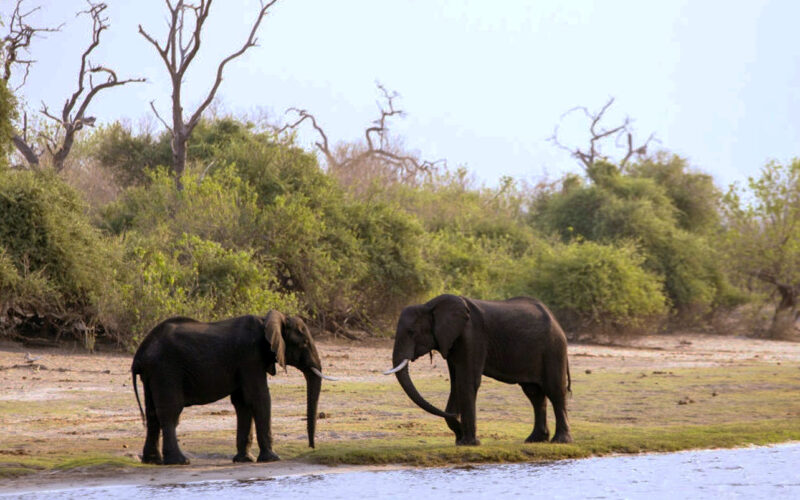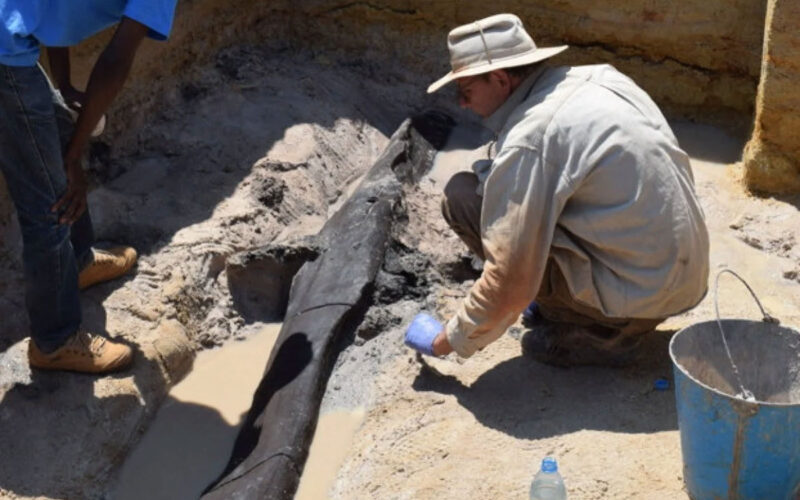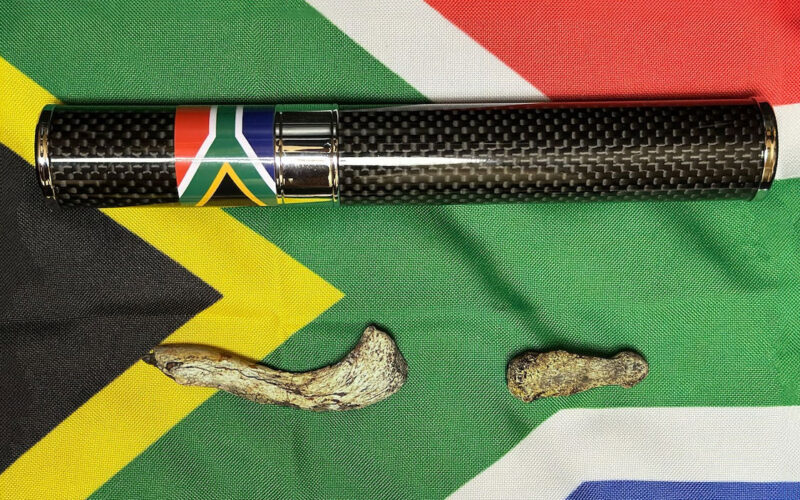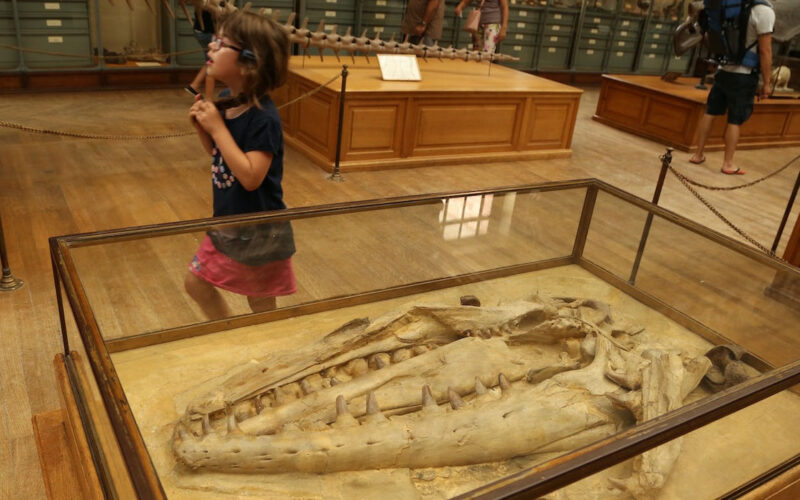
South African researchers are tracing the vibrational language of elephants – using fossils
RESEARCHERS in South Africa have unearthed groundbreaking evidence that sheds light on the ancient communication methods of elephants, according to an academic report quoted in The Conversation. A research team led by Charles Helm of the African Centre for Coastal Palaescience at Nelson Mandela University in South Africa published a report in ScienceDirect, a scientific research journal, in September 2023. The team's work focused on the discovery of 35 fossilized elephant track sites, some of which are the first-ever trunk-drag impressions. “These have been noted in South African Pleistocene coastal deposits, in apparent association with elephant tracks,” the scholars explain…









